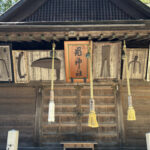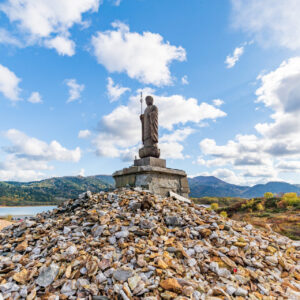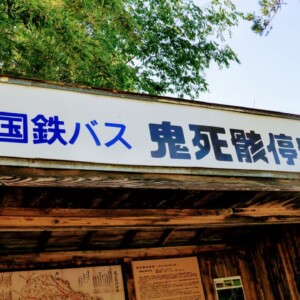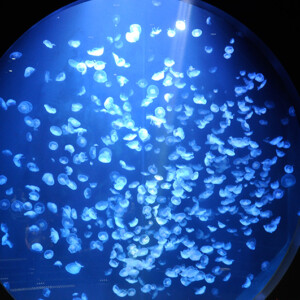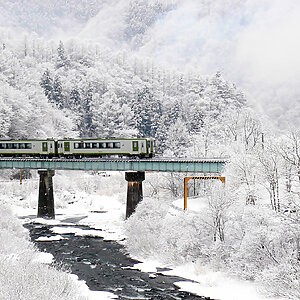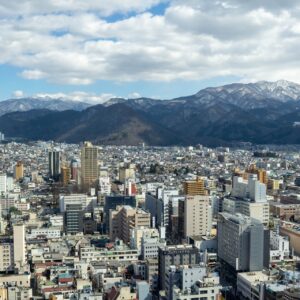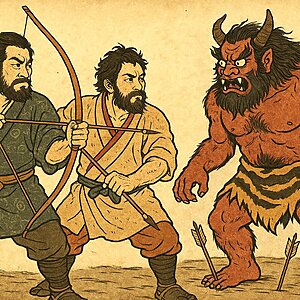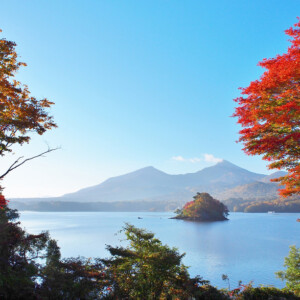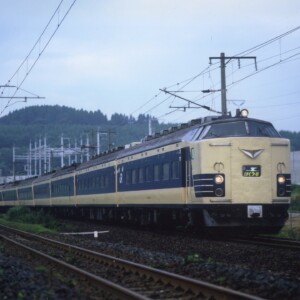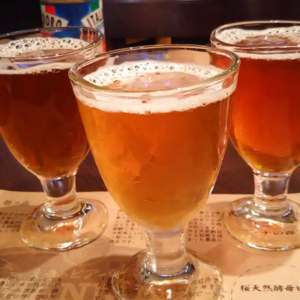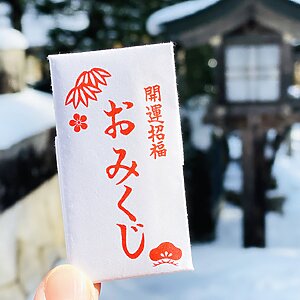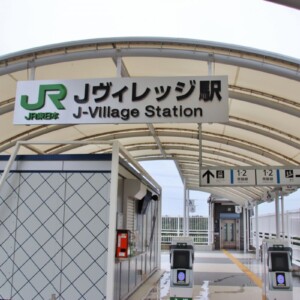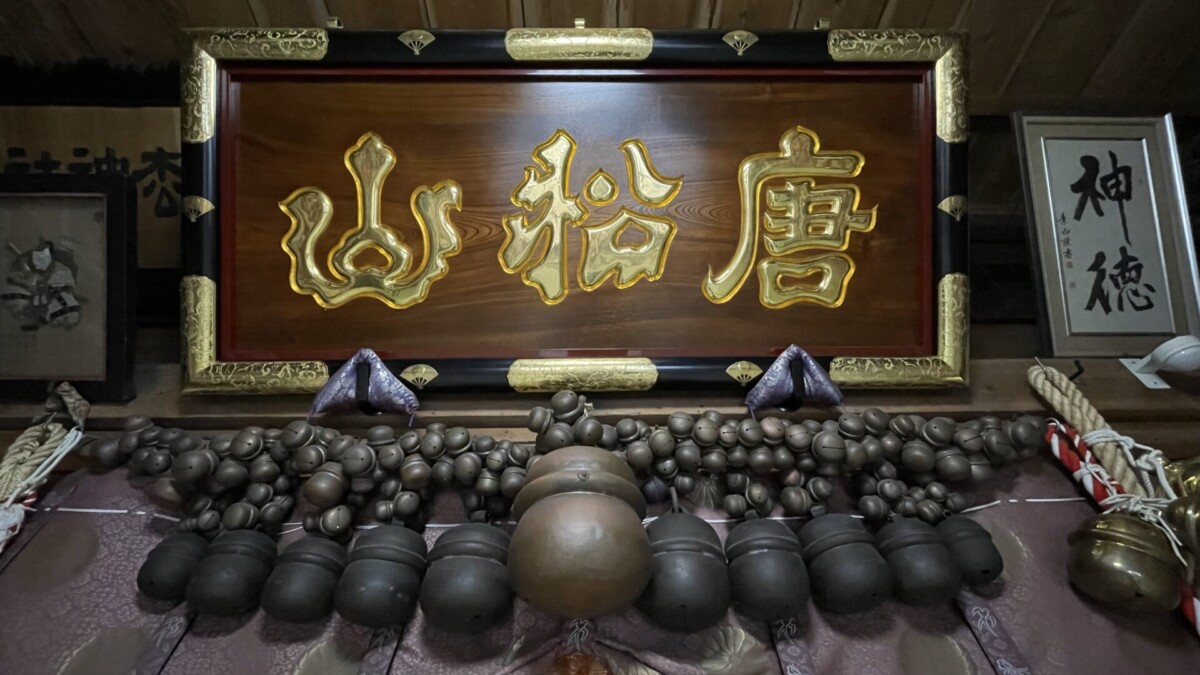
"Karamatsu no Karamatsu" is the god who protects women's lives, including matchmaking, childbirth, and safe childbirth [Daisen City, Akita Prefecture]
table of contents
- 1 The 160m long old cedar approach to Karamatsu Shrine
- 2 A remnant of the syncretism of Shinto and Buddhism? Karamatsuyama Tenchigu Shrine
- 3 Karamatsu Shrine Worship Hall, a rare structure that cannot be seen anywhere else
- 4 “Karamatsu-sama of Sakai” is the god of matchmaking, fertility, and safe childbirth.
Karamatsu Shrine, located in Kyowa, Daisen City, Akita Prefecture the ``female guardian deity*'' who protects women's lives is also known locally ``Karamatsu-sama of the Boundary'' It is affectionately called.
* The female guardian deity (Meiikata Morinokami) is a deity who protects women throughout their lives, and is said to bring blessings for marriage, children, and safe childbirth.
In Akita Prefecture, it is said to be a shrine worshiped by the Onodera and Satake clans, but in the late Heian period, it became Karamatsuyama Koun-ji Temple, a syncretism of Shinto and Buddhism, and a seated statue of Fukuhonsaku Kannon created by Jocho is also enshrined there. During the Edo period, it was counted as the 18th shrine of the 33 Kannon sacred sites in Akita's six districts, but when Shinto and Buddhism were separated, it was split into two shrines: Atago Shrine and Karamatsu Shrine.
*‹2›-Shinbutsu syncretization refers to a religious phenomenon in which the indigenous Japanese religion of Jingi (Shinto) and the Buddhist faith (Japanese Buddhism) are fused and reconstructed as a single belief system. Masu.
*‹3›-Separation of Shinto and Buddhism means to prohibit the practice of syncretizing Shinto and Buddhism and to clearly distinguish between Shinto and Buddhism, gods and Buddha, and shrines and temples. It was held publicly throughout the country based on the Shinto and Buddhism ban ordinance issued by the new Meiji government.
The origin of Karamatsu Shrine comes from the name Karamatsu no Miya (Hanbok Palace) it was built in honor of ``conquest of Korea'' The name originates from a story in which a shrine was built by the Ikui no Muraji. current Karamatsu Shrine was recorded after 1509 (Eisho 6). It is said that during the Conquest of the Three Kingdoms, it was given to the pregnant Empress Jingu as a belly belt, which was then passed on to the Mononobe clan of Akita and considered a sacred treasure.
When the future Emperor Ojin was born, this obi became the object of worship at Karamatsu Shrine, where it was enshrined as a guardian deity for safe childbirth.
For these reasons, Karamatsu Shrine in Kyowa, Daisen City, Akita Prefecture has become a historic shrine that attracts worshipers from all over the country.
On this day, I had stayed overnight in Omagari, Daisen City the day before, and when I asked a local about places to stop in the area, he suggested, ``Why don't you go to Karamatsu Shrine?'' so I came here. I did.
I never expected it to be such a fantastic and mysterious place. I would like to introduce Karamatsu Shrine, which I stopped by
The 160m long old cedar approach to Karamatsu Shrine
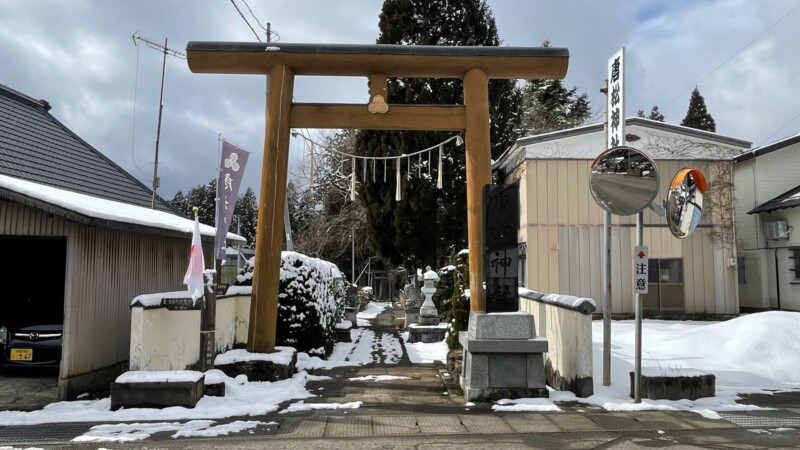
The approach to Karamatsu Shrine can be accessed from the residential area of Kyowa, Daisen City.

The cedar trees along the approach are approximately 100 to 350 years old, and are said to have been planted by the Satake feudal lord in 1679.

If you go straight along the approach, you will see a torii gate.
If you proceed further, you will reach the worship hall, but along the way you will see the torii gate of Karamatsuyama Tenchigu Shrine.
A remnant of the syncretism of Shinto and Buddhism? Karamatsuyama Tenchigu Shrine
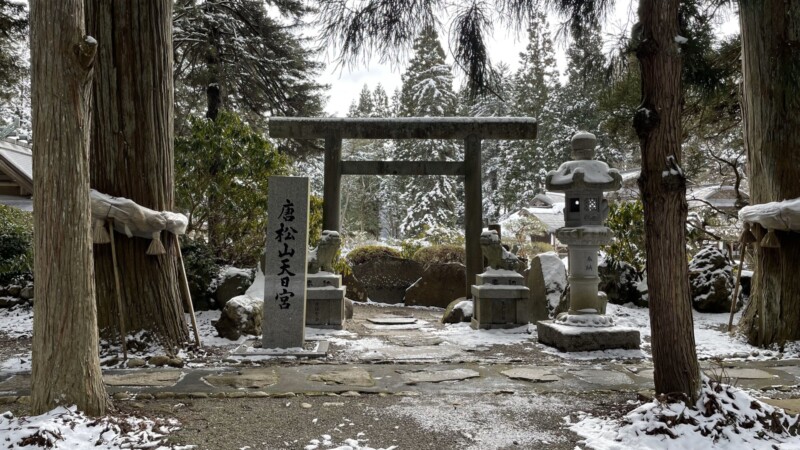
Karamatsu-san Amatsuhi-no-miya Shrine, which is adjacent to Karamatsu Shrine, is a shrine that enshrines the gods associated with the Mononobe family and is located within the garden of the Mononobe family residence. When Yoshitokoro Satake relocated Karamatsu Shrine, Karamatsuyama Kounji Temple was moved to its current location as a betto (manager), and later became the guardian deity and enshrined in the residence of the Akita Mononobe clan.
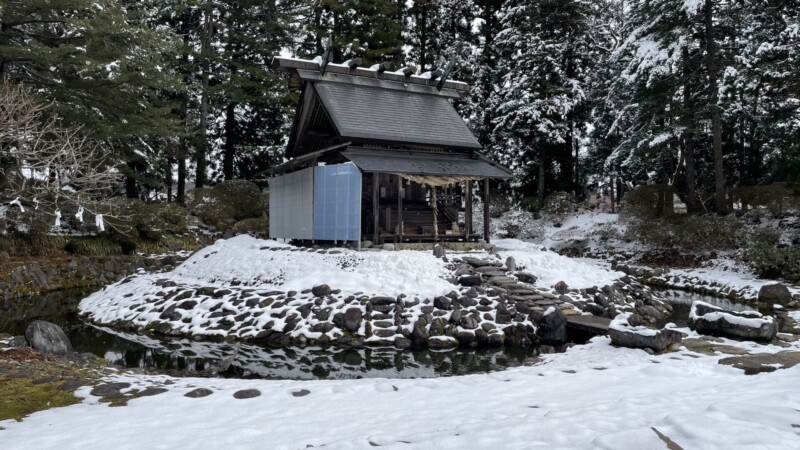
The sight of it standing quietly in the middle of the pond is magical. The current shrine building was rebuilt in 1914 and is said to be a replica of the one that was once built in Yamato. The stone wall was built by stacking approximately 100,000 natural stones donated by lecturers and worshipers, and the garden was completed in 1932.
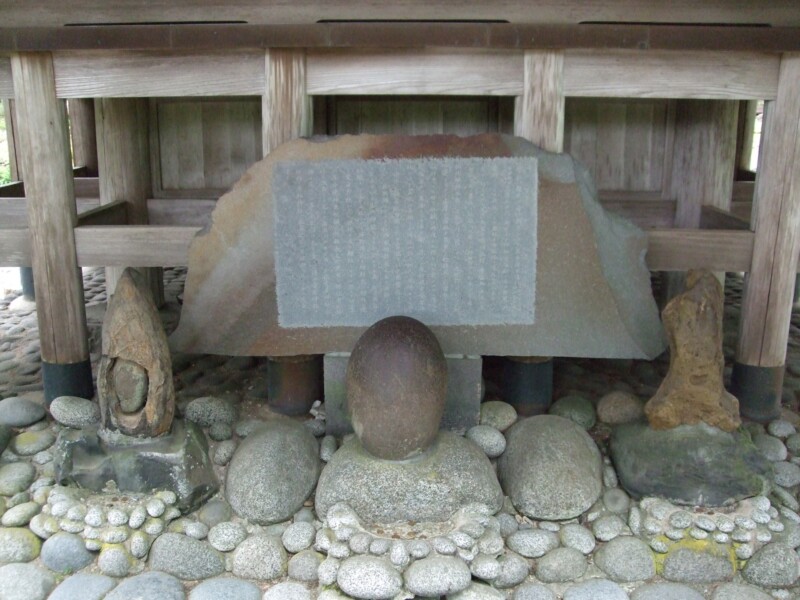
Behind the shrine building, there are three holding stones: the ``Haiishi Otoseki'' (photo left) , the ``Tamahoko-ishi'' (middle photo) which is said to bring about marriage and safe childbirth and the ``Onna-ishi'' (photo right) , which is said to be blessed with children. You can visit the shrine directly. When praying, the men walk clockwise and touch the tamahoko stone while reciting their wishes, and the women walk counterclockwise and touch the tamahoko stone and the tamahoko stone, repeating the process three times.
After leaving Karamatsuyama Tenchigu Shrine, we headed to Karamatsu Shrine's worship hall.
Karamatsu Shrine Worship Hall, a rare structure that cannot be seen anywhere else
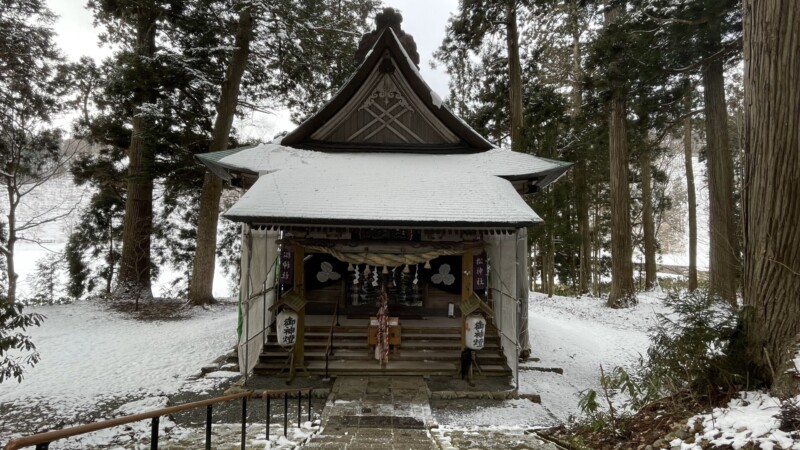
Unlike other shrines, the worship hall of Karamatsu Shrine is located in a depression that is one step lower, and the approach leads downhill. Isn't this a rare shrine in Japan as it has a worship hall and a main hall in one building? I think. While I was praying, I was able to meet the priest at the right time.
The priest said, ``It's okay to tour the inside of the shrine.'' Thank you. I accepted his words and decided to take a look inside, but I was surprised to see what was happening inside.
In the first place, the only reason I stopped by Karamatsu Shrine this time it was recommended by the locals , and now that I've written about it in the article, I understand what they were saying, but at the time I visited, I didn't even know what kind of shrine it was. situation. Once inside, I learned the origin of Karamatsu Shrine.
“Karamatsu-sama of Sakai” is the god of matchmaking, fertility, and safe childbirth.
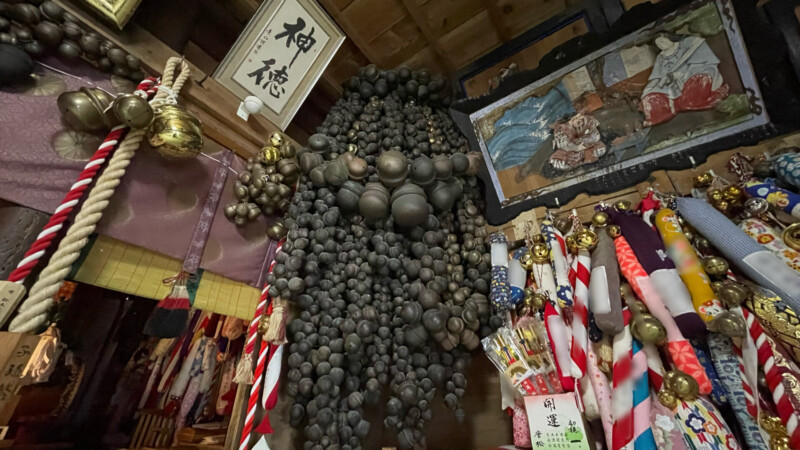
Look at this bell. This is truly a “bell”. I think it's over 2m in size.
This is a bell dedicated by someone who has given birth to a child after praying, and some of the older ones were dedicated in the Edo period, and in modern times, there are also bells with handmade bells attached.
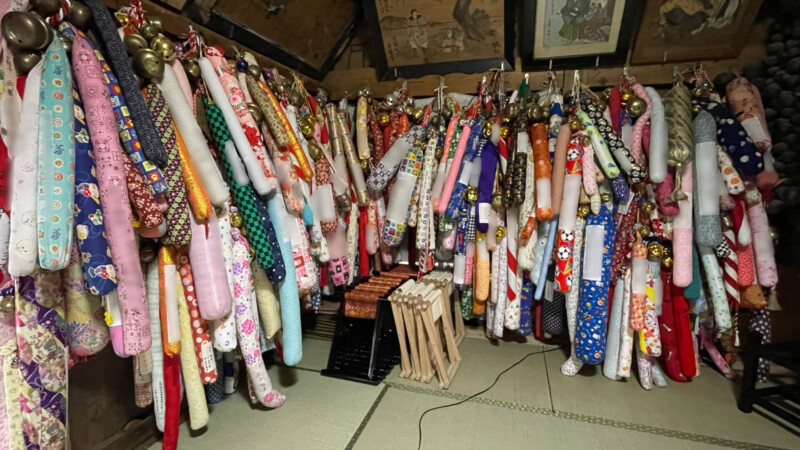
Various bells and bells are dedicated from all over the country, which shows that Karamatsu Shrine is deeply worshiped as a shrine for praying for children.
I bowed and left Karamatsu Shrine, stunned.
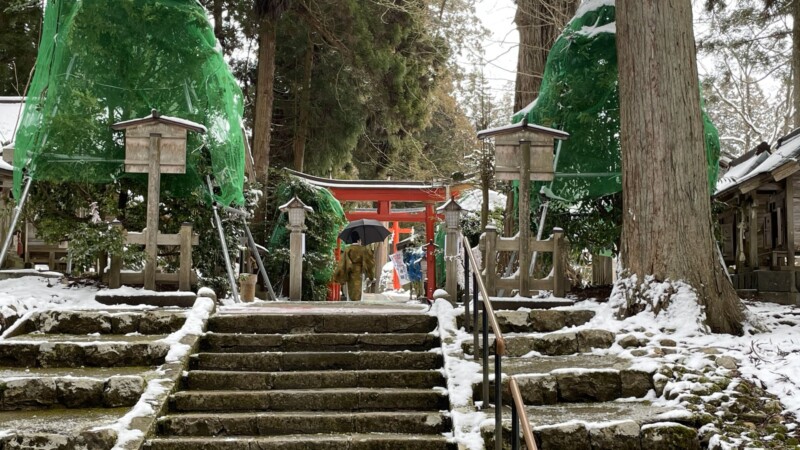
We recommend that you visit Karamatsu Shrine in Kyowa, Daisen City, Akita Prefecture, where you can be surrounded by a sacred atmosphere and enjoy the beauty of nature.
Karamatsu Shrine<Information>
- Name Karamatsu Shrine
- Address: 94 Kyowakyo Shimodai, Daisen City, Akita Prefecture 019-2411
- Founded in 982 (Tengen 5th year)
- Regular festival May 3rd
- Enshrined deity
- Sudden fate (Kagutsuchi no Mikoto)
- Okinagatarashihime no Mikoto
- Toyouke Hime no Mikoto
- Takami Musubi no Mikoto
- Divine Emperor Soul Life (Kamimusubi no Mikoto)




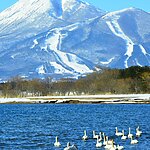
![Introducing popular temples and shrines recommended for the first visit to the New Year of the Year of the Snake [Iwate Prefecture]! Iwate Catch](https://jp.neft.asia/wp-content/uploads/2024/12/077d99f4a92a0a35be153e3c80aefe9a-150x150.jpg)
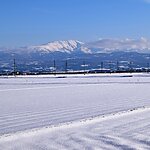
![[Daisen City, Akita Prefecture] Omagari fireworks are one of Japan's three major fireworks festivals! Enjoy the works of fireworks with the prestige of a fireworks master National Fireworks Competition (Omagari Fireworks)](https://jp.neft.asia/wp-content/uploads/2017/08/2744443_m-150x150.jpg)
![[Daisen City, Akita Prefecture] What is Koshio Shrine? Introducing in detail the important cultural properties secretly located in Daisen City, Akita Prefecture. 4649641_m](https://jp.neft.asia/wp-content/uploads/2021/12/4649641_m-150x150.jpg)
![Three popular senbera bars in the Kawabata area, a long-established downtown area in Akita City! [Akita Prefecture] Akita Senbero](https://jp.neft.asia/wp-content/uploads/2023/10/adbcc16ef5df334812bb08e16fb6d93f-150x150.jpg)
